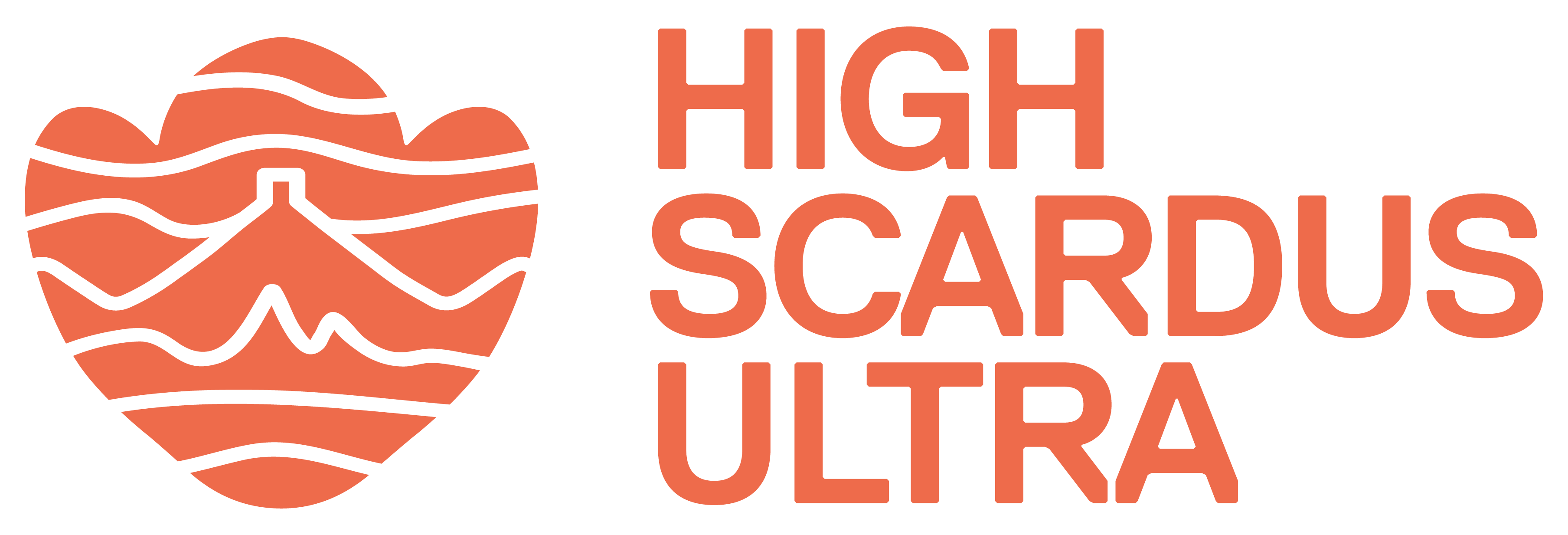This catastrophic event prompted a swift rebuilding to restore the city, and for a while a communist architecture dominated in Skopje, until the most recent intervention made by the government in 2014, which made drastic changes to the center of Skopje.
Some of the restored buildings respect the appearance of the city before the earthquake, but there are some exaggerations that do not stay in line with any of Skopje’s authenticity, and for this many people had controversial opinions, but this doesn’t change the fact that Skopje is a totally eclectic city with so much to offer to its tourists.
With the beautiful Vardar flowing around, the city is split into two parts: on the side of the Vardar river, there’s the modern, newly developed area, while crossing the bridge to the north will bring you to the old, ottoman-era bazaar and neighborhood. This neighborhood is perfect for wandering, eating delicious traditional food and shopping.
Mount Vodno is right next to the town and has several hiking trails and trails suitable for trail running. At the top of the mountain is the huge Millennium Cross, from where you can hike to lake Matka, or visit churches and monasteries, ruins of Marko’s city or even head to the Vrelo cave by boat.
Some of the monuments to not miss while in Skopje are: Stone Bridge, Memorial House of Mother Theresa, Fortress Kale, Skopje Art Bridge, Eye Bridge, Museum City of Skopje, Holy Saviour Church, Daut Pasha Hamam, Kapan Han and more.
In a nutshell, there’s a lot to do in Skopje from historical types of tours, to outdoor experiences and urban exploration. Don’t miss the restaurants, cafeterias, bars and sip one of the best local beers, Skopsko(Скопско) Beer.

